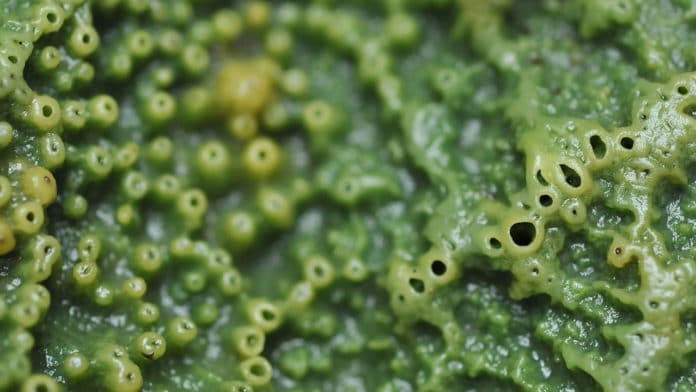Harvard scientists have recently made a landmark discovery by finding a new way to synthesize in bulk a complex class of promising cancer-fighting molecules derived from sea sponges.
Called halichondrins, the molecules are known to be a potent anti-cancer agent in mouse studies and found naturally in sea sponges. The molecule is so friendly complex that it had never been synthesized on a meaningful scale in the lab.
Scientists have now synthesized sufficient quantities of E7130, a drug candidate from the halichondrin class to know more about its biological activity, pharmacological properties, and efficacy.
The molecule has experienced surprisingly quick advancement and is as of now being tested in Phase I clinical in Japan, under a permit from Harvard‘s Office of Technology Development (OTD) to Eisai. The organization would like to start a second clinical trial in the United States in due course.
The outcomes suggested Scientists found that the total synthesis of the highly potent halichondrin molecule E7130 — 11.5 grams of it, with 99.81% purity — and characterizes its mode of action.
In preclinical investigations, the examination group has found that it not just as a microtubule dynamics inhibitor, as previously recognized, yet in addition as a novel operator to focus on the tumor microenvironment.
Yoshito Kishi, Morris Loeb Professor of Chemistry, Emeritus, in Harvard’s Department of Chemistry and Chemical Biology said, “We spent decades on basic research and made very dramatic progress.”
The structure of the complete E7130 molecule derived by all-out combination is especially testing to reproduce on the grounds that it has 31 chiral centers, asymmetrical points should each be accurately arranged. As it were, there are around 4 billion different ways to fail to get it wrong.
Takashi Owa, Ph.D., Chief Medicine Creation Officer and Chief Discovery Officer for Eisai’s oncology business group said, “When the natural product was first identified 33 years ago by Japanese researchers, it sparked immediate interest. At that time, they realized the halichondrins looked exceedingly potent.”
“Due to the very unique structure of the natural product, many people were interested in the mode of action, and the investigators wanted to do a clinical study, but a lack of drug supply prevented them from doing it. So 30 years have passed, very, unfortunately, but Prof. Kishi is a pioneer in this field.”
“It’s a really unprecedented achievement of total synthesis, a special one. No one has been able to produce halichondrins on a 10-gram scale — one milligram, that’s it. They have completed a remarkable total synthesis, enabling us to initiate a clinical trial of E7130.”
The study describes the results of studies conducted in vitro and in vivo, in animal models, that shed light on the molecule’s complex mode of action. The team showed that E7130 can increase intratumoral CD31-positive endothelial cells and reduce alpha-SMA-positive cancer-associated fibroblasts, components of the tumor microenvironment that may be involved in the transformation to malignancy.
Owa said, “Prof. Kishi’s expertise provided us with such an exciting and unique opportunity to test the molecule in our systems. I have never experienced this kind of very efficient and rapid, successful collaboration. Just a three-year collaboration took this from the discovery stage to the clinical development of such a complex molecule, having a very unique mechanism and mode of action. To me, this is a kind of track record in drug development.”
Vivian Berlin, Managing Director of Strategic Partnerships in Harvard OTD said, “The collaboration between scientists at Eisai and Harvard is an example of academia and industry working together successfully to accelerate the development of a new class of therapeutics that may address important unmet medical needs. The collaborative spirit and transparency of the relationship contributed enormously to the success of the project.”
“Without OTD, this collaboration could never have happened. Harvard OTD has been a core for the bridging industry and Harvard researchers, and facilitating discussions about how to build a win-win relationship.”
The study is published in the journal Scientific Reports.
